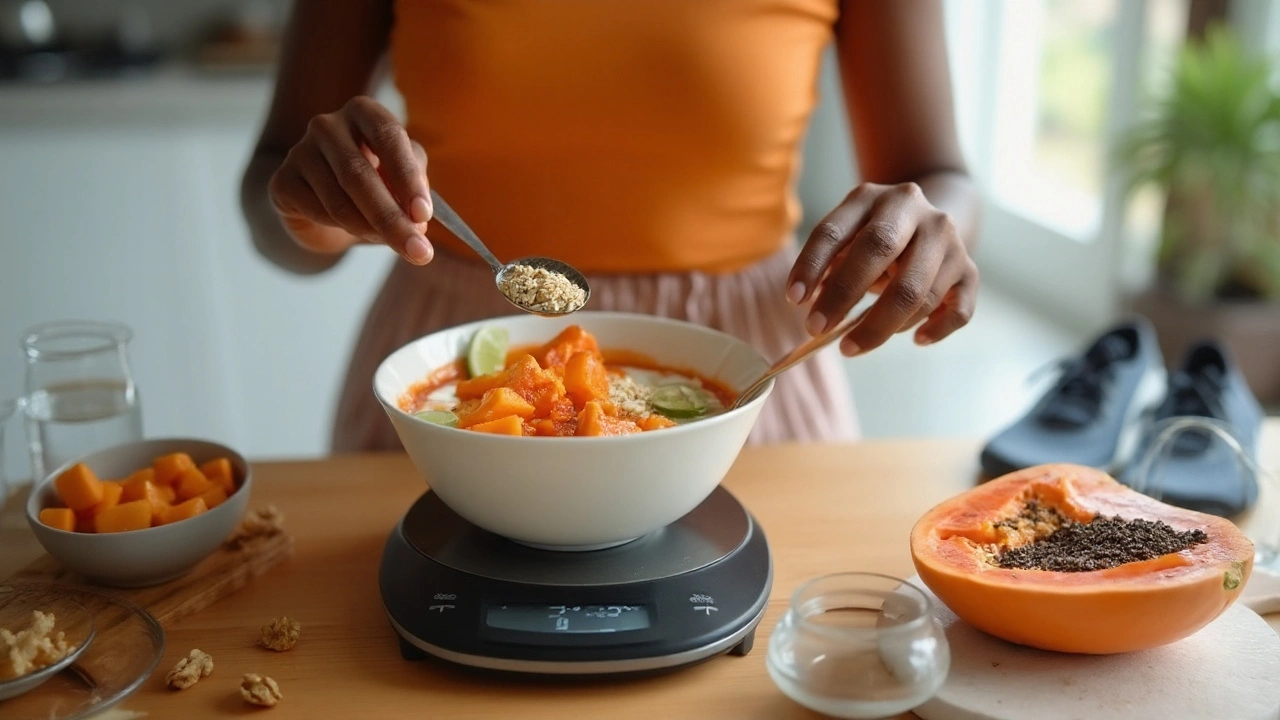If you want a healthier gut without counting calories, reach for fruit that’s packed with fiber. These foods keep you full longer, support digestion and can lower cholesterol—all while tasting great.
Fiber is the part of plant food your body can’t digest. It adds bulk to stool, which helps move waste through the intestines. That means fewer constipation episodes and a smoother digestive rhythm. Soluble fiber also dissolves in water, forming a gel that slows sugar absorption and can lower blood‑sugar spikes after meals.
Besides gut health, research shows fiber can help control weight. When you eat fibre‑rich fruit, the feeling of fullness kicks in sooner, so you’re less likely to overeat later. The same bulk also feeds good bacteria in your colon, which produce short‑chain fatty acids that support immune function.
Here are the everyday fruits that give you the biggest fiber boost per serving:
The key is to keep the skins on whenever possible—most of the fiber lives just under the surface. If you’re not used to high‑fiber foods, start with one or two servings a day and increase gradually. This helps your digestive system adjust without gas or bloating.
Mixing fruit into meals works better than eating it alone. Add berries to whole‑grain cereal, stir sliced pear into a quinoa salad, or blend banana into protein shakes. That way you get fiber plus the other nutrients each fruit offers—vitamins, antioxidants and natural sugars for energy.
Remember to drink enough water. Fiber pulls fluid into your bowels, so staying hydrated prevents constipation. Aim for at least eight glasses a day, especially on high‑fiber days.
In short, swapping out low‑fiber snacks for these fruit options can boost digestion, keep you satisfied and support overall health. Pick a few favorites, add them to meals, and notice the difference in how you feel.

Papaya won't burn fat by magic, but it can make weight loss easier. Learn the science, smart portions, recipes, and safety tips to use papaya for lasting results.
Read More© 2025. All rights reserved.